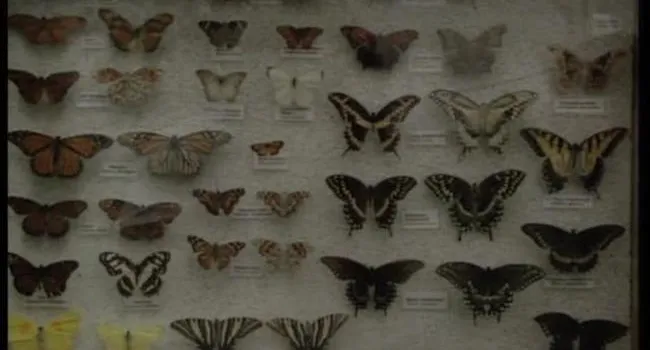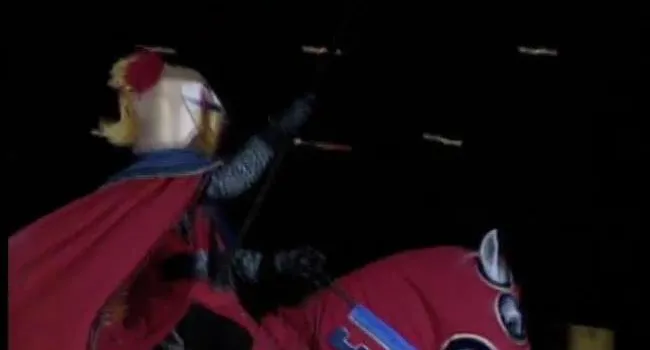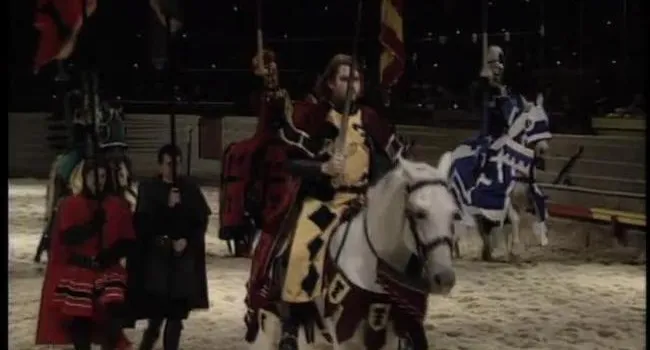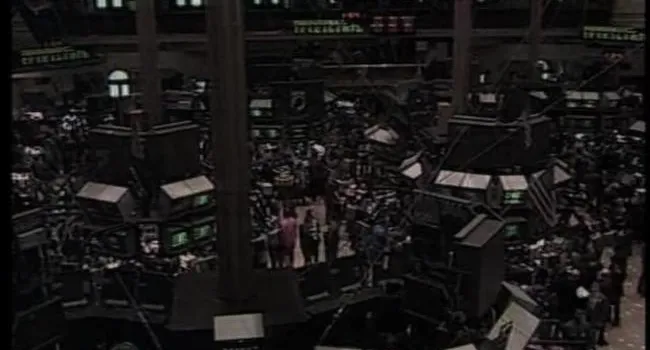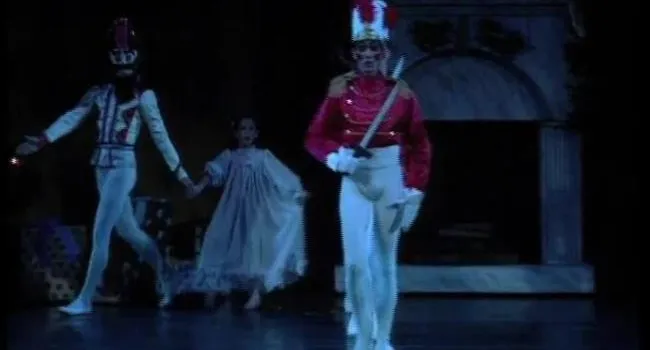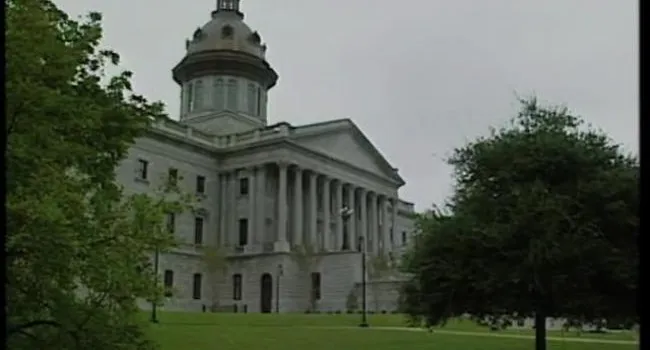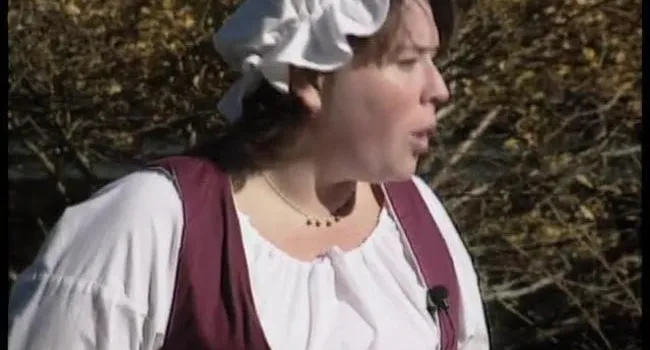Students begin their fire training in a Class A combustible burn building. They learn what fire is and how it burns. In a flashover, flames go from the floor to the ceiling. Breathing is done through a self-contained breathing apparatus. Training simulations build confidence and knowledge so firefighters are prepared in the event of a real fire. However, students admit that the first time they see and work with fire causes some anxious moments.
Seeing through smoke can be difficult, so firefighters use high-tech equipment for search and rescue. A thermal imaging camera is used on every fire call to expedite the search-and-rescue process. It enables firefighters to see the heat emitted by objects, such as people. They can see the outline of a victim through a helmet-mounted or handheld unit. With the camera, firefighters are able to keep a fire from starting or spreading because they are able to identify possible fire situations and prevent them. Over half of the department is trained to use IRIS.
As students fight flammable liquids and gases, they create what is called a bone line. They do not fight these with water; instead, they use foam to smother the fire. Gases escaping from a ruptured tank can be more dangerous than fire. Firefighters posses a diversity of skills to perform their jobs, such as driving trucks, serving as a team leader, being a team member, handling hoses, and mixing chemicals to make foam. Teamwork helps when the hoses are at full blast.
The week in which October 9 falls is National Fire Prevention Week. Fire educators inform the public to stop, drop, and roll; stay low and crawl under smoke; check smoke alarms for low batteries; and find a meeting place and practice exit drills in the home, or EDITH.
Standards
- 2-2 The student will demonstrate an understanding of the structure and function of local, state, and national government.





